Spice It Up: A Flavorful Journey Through Global Seasoning Traditions with the McCormick Montreal Seasoning Recipe
Table of Contents
Introduction to Global Spice Traditions
Spices have been an essential part of human culture for thousands of years. From the bustling markets of India to the spice-laden kitchens of the Middle East, and from the vibrant street food stalls of Southeast Asia to the sophisticated dining rooms of Europe, spices are more than just flavor—they’re a reflection of history, identity, and tradition.
Each region has its own unique way of blending spices, creating signature seasonings that define their cuisine. These blends often carry deep cultural significance, passed down through generations. Whether it's the smoky depth of cumin in Mexican mole or the bright, citrusy notes of za’atar in Levantine cooking, spices tell stories that transcend borders.
In this article, we’ll take a flavorful journey through global spice traditions, with a special focus on one iconic seasoning blend: the Mccormick Montreal Seasoning Recipe. This blend is not only popular in North America but also widely appreciated around the world for its versatility and rich taste.
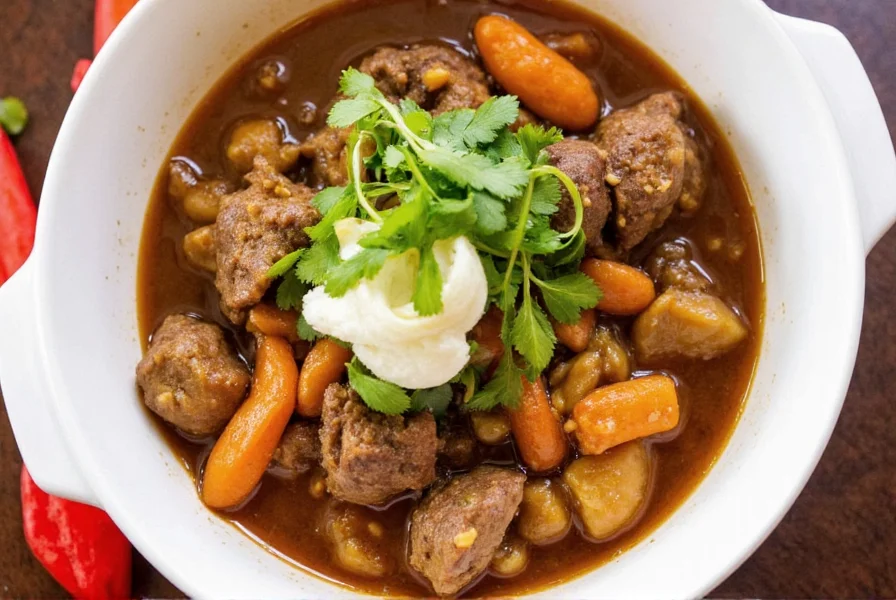
The Magic of McCormick Montreal Seasoning
If you're a fan of hearty, savory dishes, you’ve probably come across Mccormick Montreal Seasoning at some point. This seasoning blend is known for its bold, umami-rich flavor and is often used in grilled meats, roasted vegetables, and even as a rub for fish or poultry.
The exact recipe for Montreal seasoning is somewhat of a mystery, but it typically includes a mix of paprika, garlic powder, onion powder, black pepper, and sometimes cayenne or other spices for a bit of heat. What makes it unique is its balance of flavors—smoky, savory, and slightly sweet, all in one package.
It’s no wonder that this seasoning has become a staple in many households. Its versatility allows it to be used in everything from burgers and steaks to soups and stews. And with the availability of mccormick montreal seasoning recipe, home cooks can easily recreate the same flavor profile in their own kitchens.
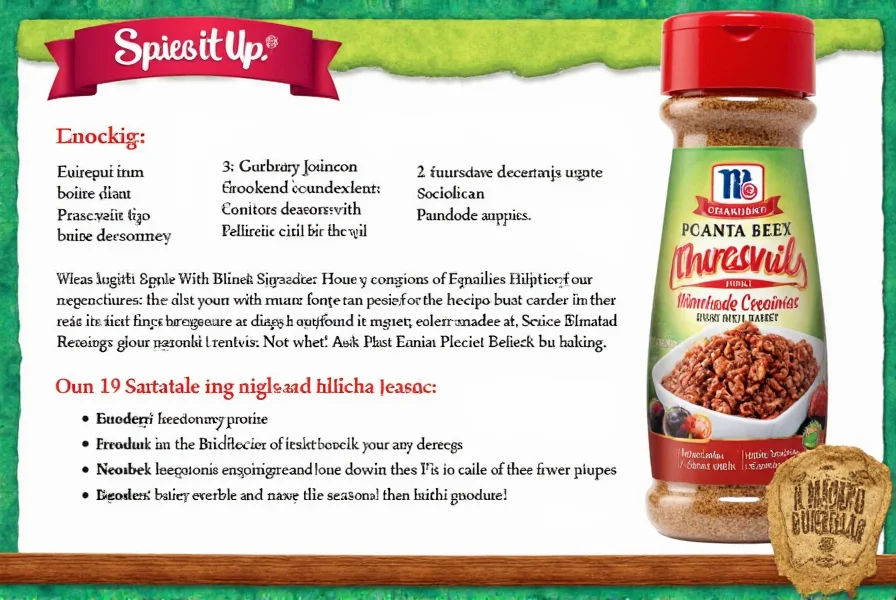
How Different Cultures Use Seasonings
While the mccormick montreal seasoning recipe may be a North American favorite, the use of spice blends is a universal language. Let’s take a quick look at how different cultures incorporate seasonings into their cooking:
- Indian Cuisine: Spices like turmeric, cumin, coriander, and garam masala are foundational to Indian cooking. Each region has its own unique blend, such as the panch phoron of Bengal or the ras el hanout of Morocco.
- Mexican Cuisine: Chiles, oregano, and epazote are common in Mexican dishes. The famous adobo sauce is a complex blend of chili, garlic, vinegar, and spices.
- Italian Cuisine: Herbs like basil, oregano, and thyme are central to Italian cooking. The classic Italian seasoning mix includes rosemary, marjoram, and sage.
- Japanese Cuisine: Miso, soy sauce, and mirin are key ingredients, while yuzu and wasabi add brightness and heat to dishes.
Despite these differences, there’s a shared appreciation for the power of spices to transform simple ingredients into something extraordinary. And that’s exactly what the mccormick montreal seasoning recipe does—it takes the ordinary and turns it into the extraordinary with just a sprinkle.
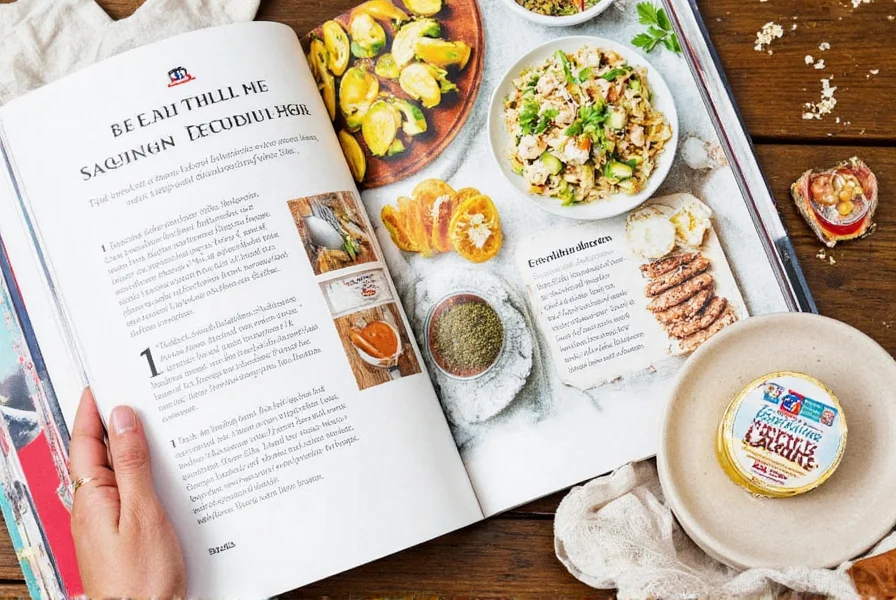
Practical Tips for Using Seasonings
Whether you’re a seasoned chef or a curious home cook, here are some practical tips for using seasonings like the mccormick montreal seasoning recipe:
- Start Small: When using a new seasoning, start with a small amount and adjust to taste. You can always add more, but you can’t take it back.
- Use It as a Rub: For meats like chicken, pork, or steak, apply the seasoning before grilling or roasting for maximum flavor penetration.
- Experiment with Pairings: Try combining the mccormick montreal seasoning recipe with other seasonings for a unique twist. It pairs well with garlic, lemon, or even a touch of honey.
- Store Properly: Keep your seasonings in airtight containers away from light and moisture to preserve their potency.
- Don’t Overdo It: Some seasonings are meant to enhance, not overpower. Use them thoughtfully to maintain balance in your dish.
By following these tips, you can make the most out of your seasoning blends and elevate your cooking game without breaking a sweat.

Buying Guide: Choosing the Right Seasoning
If you're looking to try the mccormick montreal seasoning recipe, here’s a quick buying guide to help you choose the right product:
| Product Name | Features | Best For | Price Range |
|---|---|---|---|
| Mccormick Montreal Seasoning | Classic blend of paprika, garlic, onion, and black pepper | Grilled meats, roasted vegetables, and soups | $5–$8 |
| Mccormick Montreal Seasoning (Large Size) | Extra-large container for frequent use | Households or commercial kitchens | $10–$15 |
| Mccormick Montreal Seasoning (Organic Option) | Organic-certified ingredients | Eco-conscious consumers | $8–$12 |
When choosing a seasoning, consider your usage frequency, dietary preferences, and whether you prefer organic or non-organic options. The mccormick montreal seasoning recipe is available in multiple sizes and formats, making it easy to find the perfect fit for your kitchen.
For those who love experimenting, the mccormick montreal seasoning recipe can be used as a base to create your own custom blends. Just remember to keep the ratios balanced and test the flavors before using them in larger quantities.
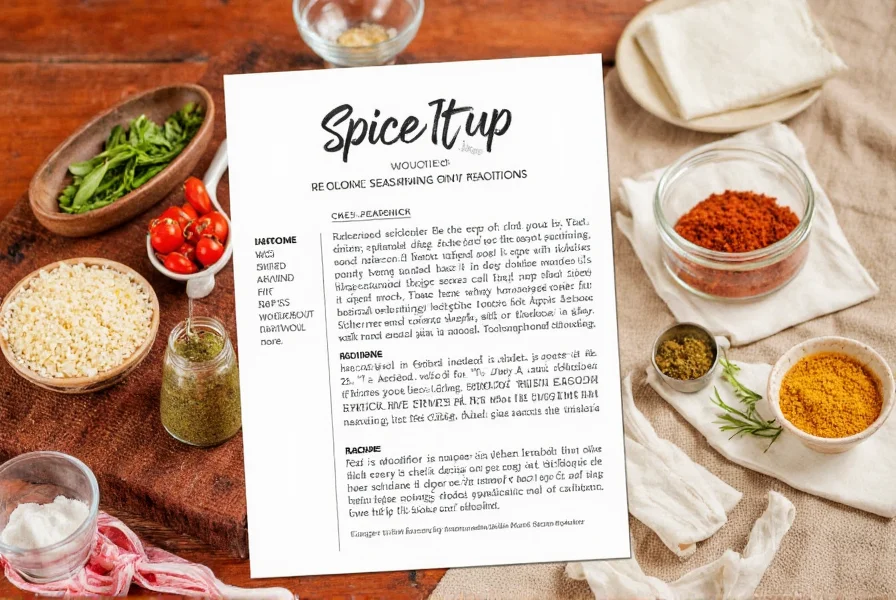
Conclusion
Spices are more than just flavor enhancers—they’re a bridge between cultures, a source of comfort, and a way to express creativity in the kitchen. Whether you're using the mccormick montreal seasoning recipe or exploring traditional spice blends from around the world, the goal is always the same: to bring people together through the joy of good food.
So next time you reach for a spice jar, think about the journey it represents. From ancient trade routes to modern supermarkets, spices have traveled far and wide, and now they’re ready to transform your meal into something unforgettable.
Remember, the mccormick montreal seasoning recipe isn’t just a blend—it’s a celebration of flavor, history, and the art of cooking.
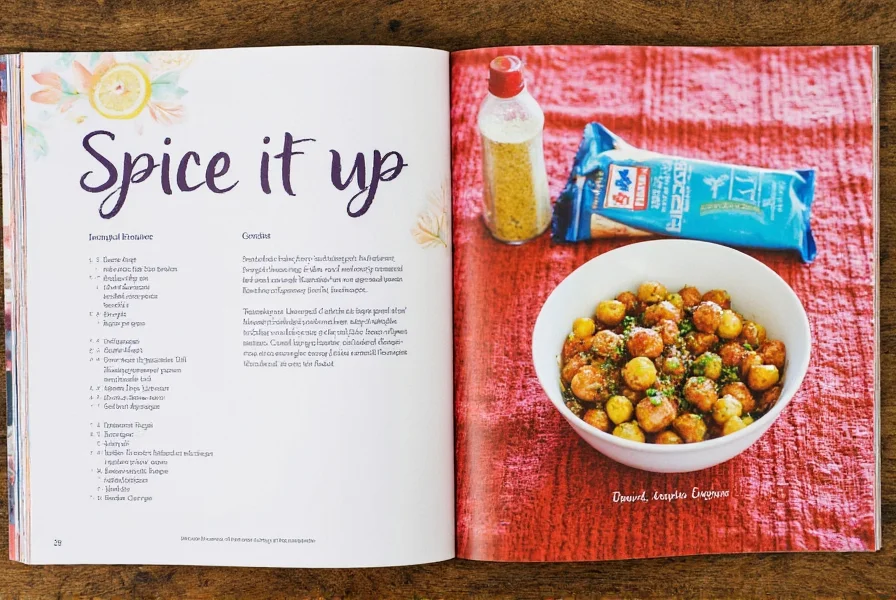

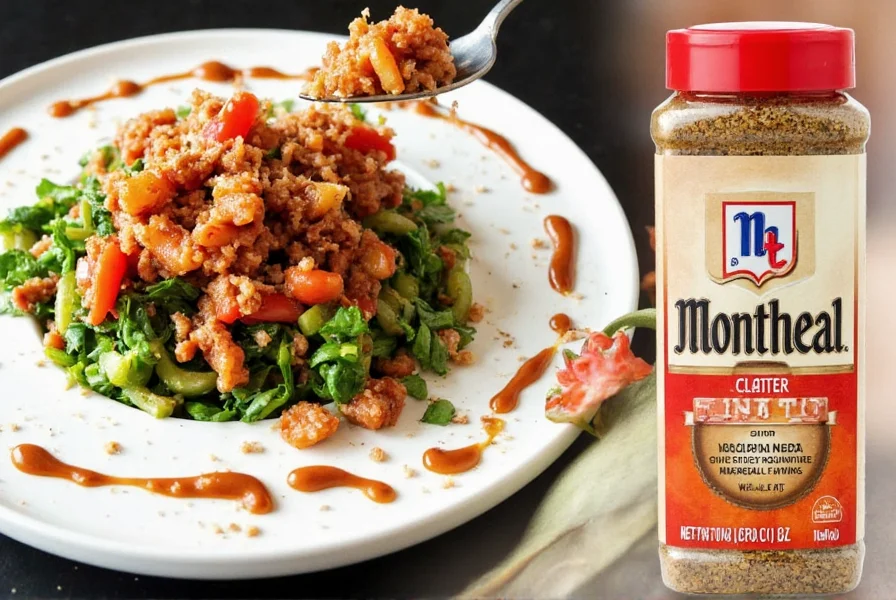









 浙公网安备
33010002000092号
浙公网安备
33010002000092号 浙B2-20120091-4
浙B2-20120091-4